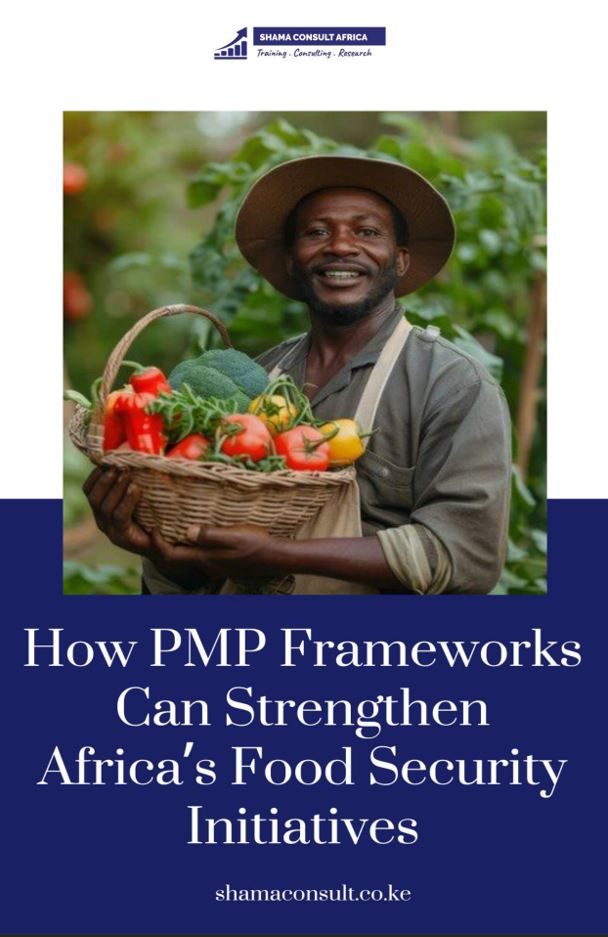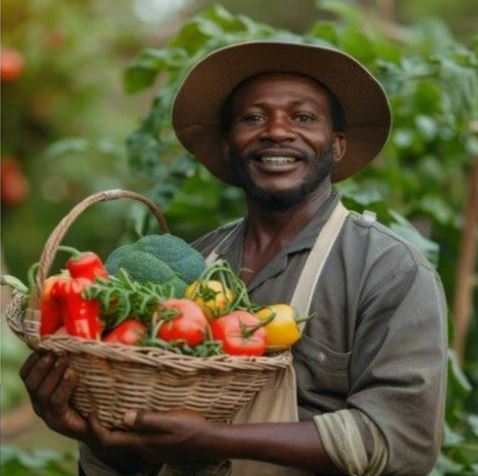
Food security is no longer just an agricultural concern—it is a continental priority and a global conversation. Africa, home to 60% of the world’s arable land, still imports billions of dollars’ worth of food annually.
Africa sits at the center of the global food security conversation. Home to 60% of the world’s arable land, the continent still spends over $50 billion annually importing food. Droughts, pests, post-harvest losses, and weak value chains continue to threaten self-sufficiency. At the same time, agricultural projects worth billions are being rolled out by global and regional actors—FAO, AGRA, the’s TAAT program, and others—to strengthen seed systems, improve yields, build resilience to climate change and regional trade under AfCFTA.
The ambition is clear: feed Africa and secure its place as a global breadbasket.
But here’s the overlooked question: How do we ensure these projects deliver measurable results, on time, and with lasting impact? Simply stated… how do we ensure that food security initiatives deliver measurable results, on time, and with lasting impact?
The answer lies in Project Management Professional (PMP) frameworks.
Food Security Projects = Complex Projects
Agricultural projects are often multi-layered:
- They involve governments, NGOs, donors, research institutions, and farmer groups.
- They cut across disciplines—climate, policy, agronomy, markets, and infrastructure.
- They are time-bound, budget-sensitive, and politically visible.
Without structured project management, even the best-intentioned initiatives risk falling into common traps: delays, mismanagement, duplication, and low adoption by communities.
Where PMP Frameworks Add Value
1. Structured Planning for Impact
PMP emphasizes clearly defined objectives, scope, timelines, and deliverables. In food security, this translates to projects that not only distribute improved seeds or fertilizer but also build capacity for long-term resilience.
2. Risk Management
Food systems are exposed to climate shocks, pests, and volatile markets. PMP equips managers with risk identification, mitigation, and contingency planning—turning potential project failures into manageable disruptions.
3. Stakeholder Engagement
Farmers, policymakers, private sector actors, and donors all have competing priorities. PMP frameworks ensure that stakeholder mapping, communication plans, and engagement strategies are baked into the project design.
4. Monitoring & Evaluation (M&E)
PMP requires performance tracking against Key Performance Indicators (KPIs). For agriculture, this means shifting from counting “inputs distributed” to measuring “yield increases, household food availability, and resilience outcomes.”
5. Scalability & Knowledge Transfer
A well-managed project doesn’t end when donor funding runs out. PMP fosters documentation, lessons learned, and replicable models that can be scaled to other regions or value chains.
Case in Point
Consider an agricultural resilience project that introduces drought-tolerant maize across counties in Kenya. With PMP frameworks applied:
- Clear work breakdown structures ensure farmers receive training, not just seeds.
- Risks like delayed rainfall are flagged early, prompting investment in water harvesting.
- M&E frameworks capture not only hectares planted but also increases in household food security.
- Knowledge is packaged for county governments and cooperatives to replicate after donor exit.
The result: a project that builds both productivity and resilience.
The Way Forward
Africa doesn’t have a shortage of innovative agricultural technologies or well-funded programs. What is often missing is the bridge between funding and farmer outcomes. That bridge is professional project management.
Training more agricultural leaders, NGOs, and policymakers in PMP frameworks will ensure that food security initiatives are planned smarter, executed better, and sustained longer.
At Shama Consult Africa, we believe this is where Africa’s real transformation lies—equipping our people not only with tools for farming but also with the tools for managing complexity.
Because food security is not just about growing food—it’s about managing the projects that get us there.



Leave a Reply